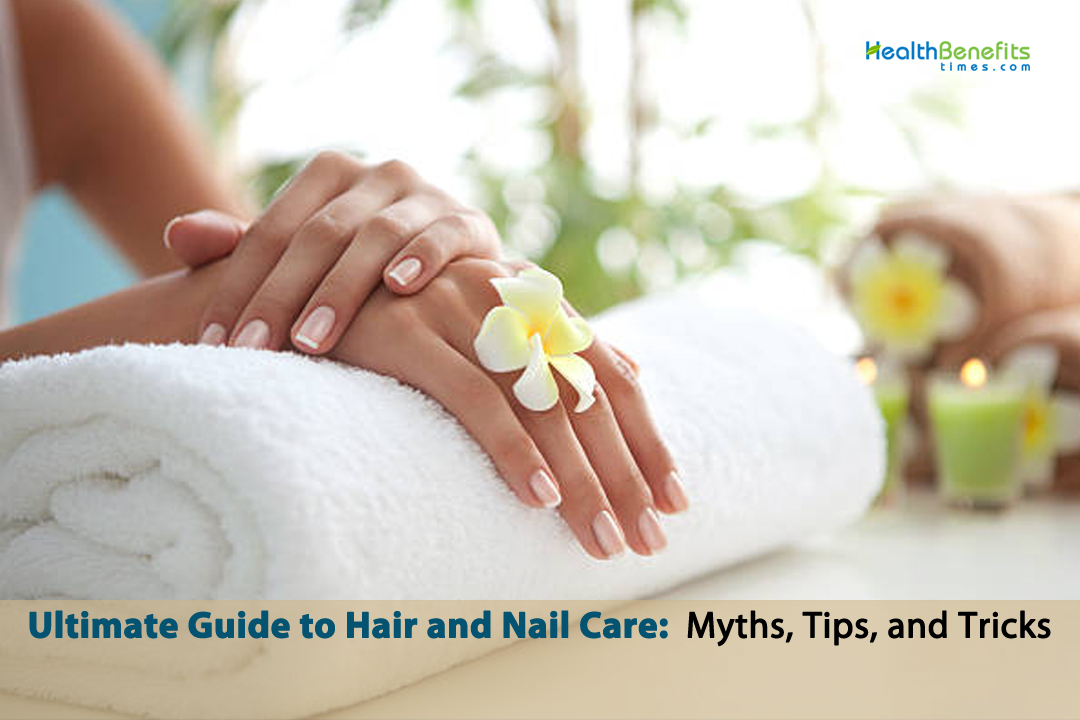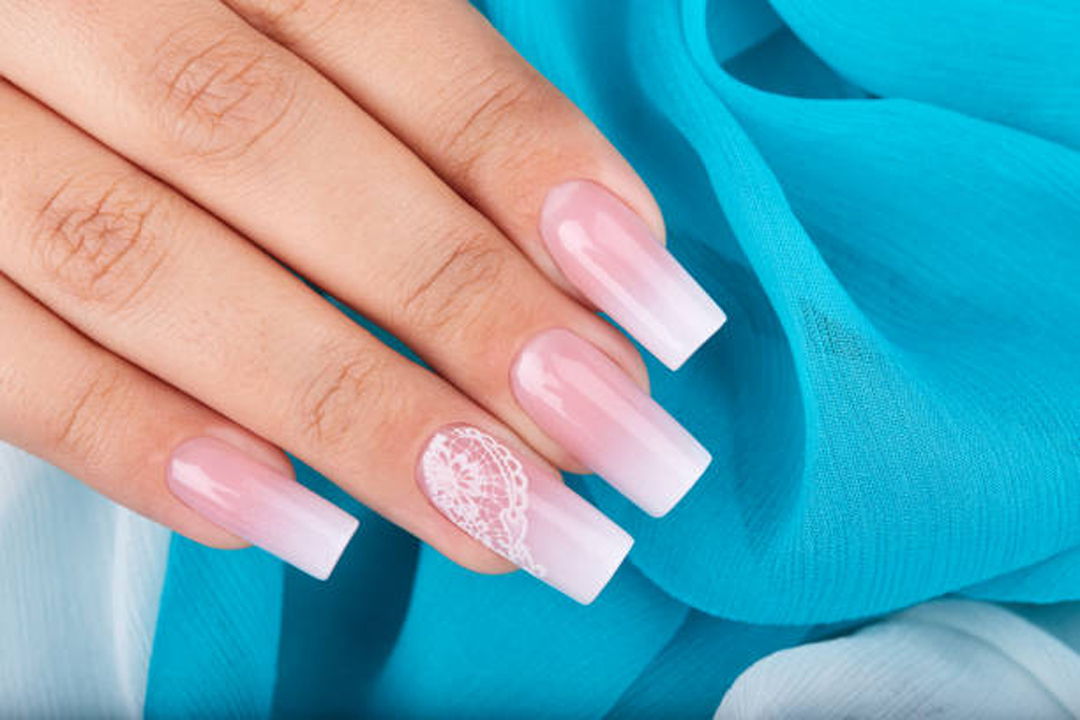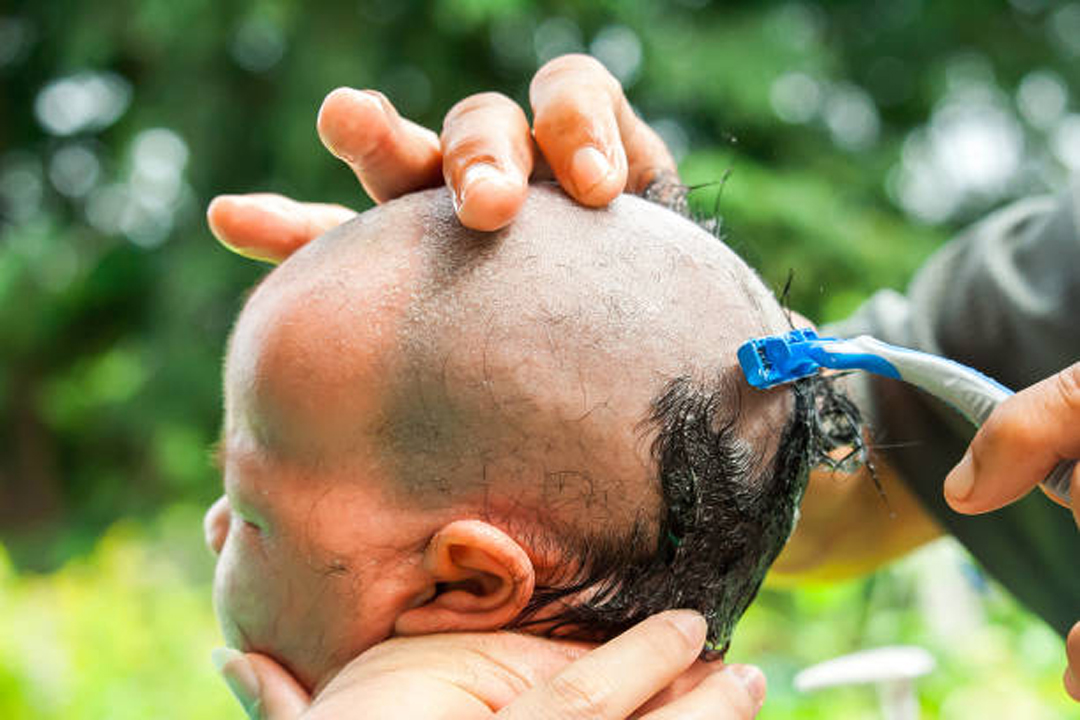
Through styles, colors, and cuts, people have used their hair for hundreds of years to show who they are and how they feel. It is the only part of the body that grows so quickly, about 6 mm a month on average. This makes it a noticeable trait that changes over time. Societies have also used hairstyles to show power, position, and whether or not someone is married, among other things. Also, hair loss, whether it happens on purpose or not, has been linked to big changes in life, like taking up a spiritual path or feeling like a loser. The long history of hair has led to a lot of myths and tales about what it means in different cultures around the world.
In the same way, nail style has been used as a national marker for a long time. From the long, carefully groomed nails of ancient Chinese royalty to the perfectly manicured nails of today’s supermodels, nail styles have sent many different messages about culture. Together, hair and nails are a powerful way for people to show who they are and for society to send messages about power, identity, and standing.
Establishing the facts
Here’s a guide to some of the most common myths and truths about hair and nails:
Black hair is stronger than blonde hair
People, particularly African Americans, often think that black hair is strong and durable. In fact, it’s not at all like that. In fact, black hair is one of the most fragile types of hair. One more black hair myth is that braiding and beading can make hair grow faster. But this is the furthest thing from the truth. Tight knots and beads can actually do a lot of damage to the hair, which can cause it to break and thin out. Because of this, it’s important to take care of black hair and stay away from tight shapes that can hurt it.
Anxiety causes gray hair
Recent study has shown that the stress hormone adrenaline might damage the DNA in genes that make melanin. This is important because the color of hair comes from a chemical called melanin. So, it’s possible that worry and the release of adrenaline could cause hair to change color or turn gray before it should. These results show how important it is to manage stress and put self-care first if you want your hair to stay healthy.
Bald men have higher testosterone levels
Male pattern baldness is often caused by too much dihydrotestosterone getting into the hair cells. (DHT). DHT is a chemical that is made when testosterone is broken down. When hair cells are exposed to a lot of DHT, it can cause them to shrink and stop making hair. This is why so many guys lose their hair or go bald as they get older. Male pattern baldness is partly caused by genes, but controlling DHT levels may also be an important way to stop or slow hair loss.
Hair grows faster in summer
Weather variations may affect hair development. Blood flow to the scalp may be reduced when the body shifts blood flow to internal organs to keep a constant body temperature when it is cold. On the other hand, warmer conditions can improve skin circulation, which can increase follicle activity and speed up hair growth. In reality, studies show that summertime hair growth can be up to 10% to 15% faster than wintertime growth. As a result, keeping healthy and vibrant hair may benefit from being aware of how seasonal changes affect hair growth.
…as do nails

The air in the summer can help your nails grow. When you spend more time in the sun, your body makes more vitamin D, which is good for helping your nails grow. In general, nails grow faster in hot places. It’s also interesting to note that men’s nails grow faster than women’s. Also, because there is more blood flow to your dominant hand, the nails on that hand tend to grow faster than the nails on your other hand. It’s also important to know that the nail on the middle finger grows the fastest, while the nail on the thumb grows more slowly. Also, fingernails grow about five times faster than toes, on average. When we pay attention to how our nails grow, we can learn more about them and keep them healthy.
Hair turns white from fright
It is impossible to lose pigment in your hair after it has left the scalp because hair is thought to be “dead” at that time, claims dermatologist Dr. David Orentreich of New York. However, alopecia areata, an autoimmune disorder that results in hair loss, can be brought on by a significant shock. Pigmented hair, such as black, brown, red, or blonde, may fall out in alopecia areata instances, leaving only gray and white hair in their place. As a result, even though hair pigment cannot be lost once it has left the scalp, other conditions or variables, like autoimmune diseases, can lead to changes in hair color.
White flecks on nails mean lack of calcium
A popular myth is that white spots on nails mean you don’t get enough calcium. This is not fully true, though. Calcium is important for building strong bones and teeth, but nails are mostly made of the protein keratin, which has very little calcium. Leukonychia punctata, which is the name for white spots that can show on nails, is usually caused by small injuries rather than a lack of calcium. Zinc shortage could also cause these spots, which is an interesting fact. To keep your nails healthy, it’s important to eat a well-balanced diet that includes enough calcium and zinc.
Cut toenails straight across
It’s important to avoid cutting into the sides of the nail bed when you trim your toes. Doing so can make the skin around the nail swell, which can lead to a toenail that grows into the skin. It is recommended that you cut your toes straight across to stop this from happening. This keeps the nails at the right length and makes it less likely that the nail will grow into the skin. Also, keeping your toenails clean and dry can help keep them from growing into the skin. If you do get an ingrown toenail, you should see a doctor to avoid more problems.
Shaving the head of a newborn prevents baldness

A popular Indian myth says that sleeping with your head facing north can cause you to go bald. But this is just not the case. In fact, most male baldness is caused by genes that are passed down from parents to children. If a father tends to lose his hair early, it’s likely that his boys will also lose their hair early. In fact, the American Medical Association says that there is a 4 in 7 chance of getting the baldness gene. Also, if a baby boy’s grandpa (on his mother’s side) and his father (on his father’s side) both lost their hair early, the boy is almost certain to get the same trait. Even though there are cultural views about baldness, it’s important to know what science says about this genetic trait.
Fenugreek strengthens hair
People in India often put a powder made from fenugreek on their hair. This powder can help keep hair soft and shiny, and it may even keep dandruff away. However, there is no evidence that it can actually make hair stronger. Even though there are many natural ways to make hair healthier and look better, it’s important to remember that not all of these ways have been scientifically proven to work. Before trying any new hair treatments, it is always a good idea to do your own study and talk to a health professional.
Cutting hair by the moon speeds its growth
There are many regional myths about how hair grows. For example, people in Brazil think that cutting their hair between a full moon and a quarter moon can help it grow faster, while people in Asia think that cutting their hair when the moon is waxing can do the same thing. In fact, though, neither of these ideas is true. Once hair has been cut, it won’t grow back stronger or faster, no matter what the moon phase is or what else is going on in the world. Some choices about how you live and what you eat can affect hair growth, but cutting your hair during a certain phase of the moon is not one of them. To keep your hair healthy and strong, it’s important to use scientific proof and the advice of experts.

